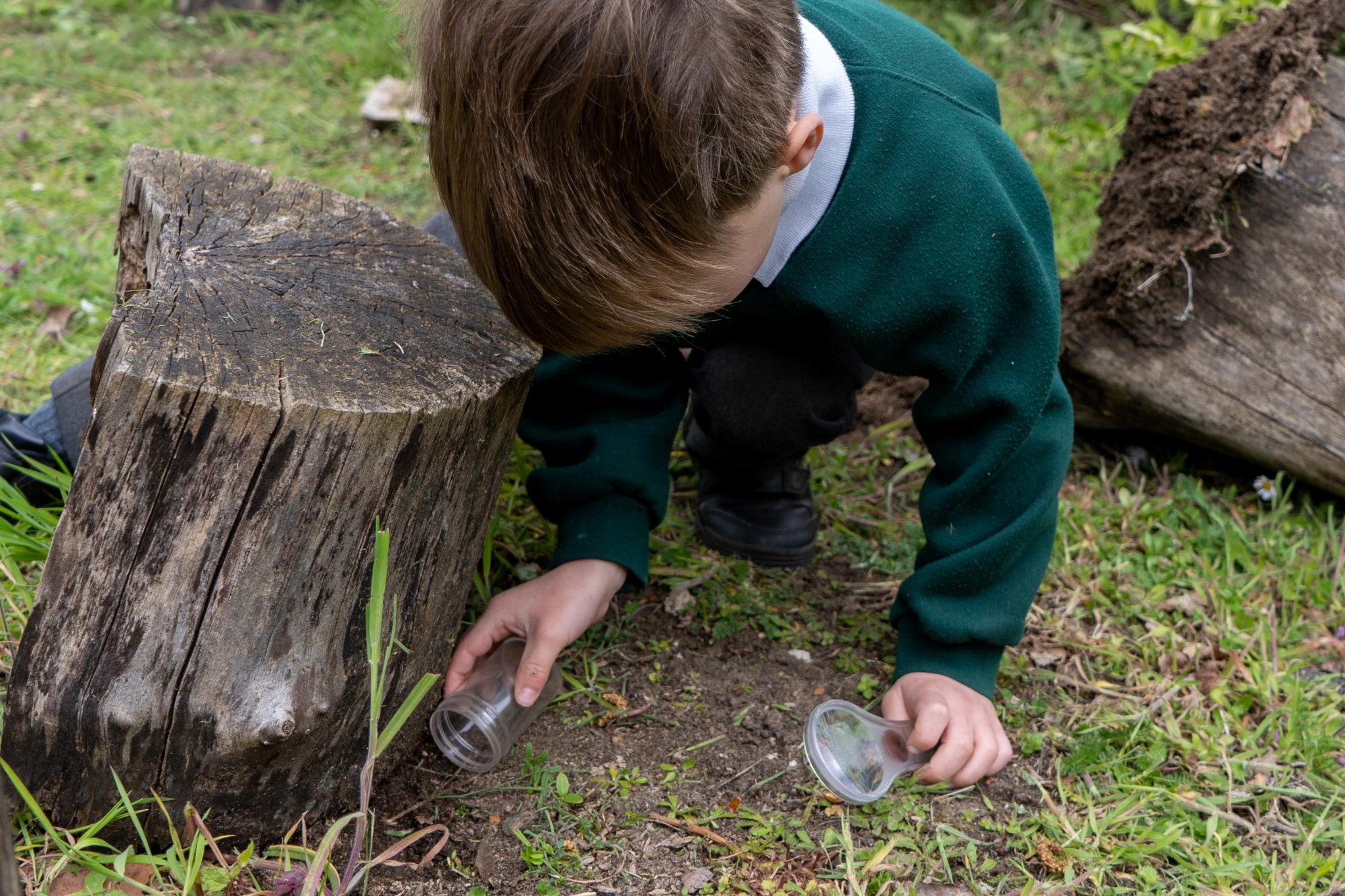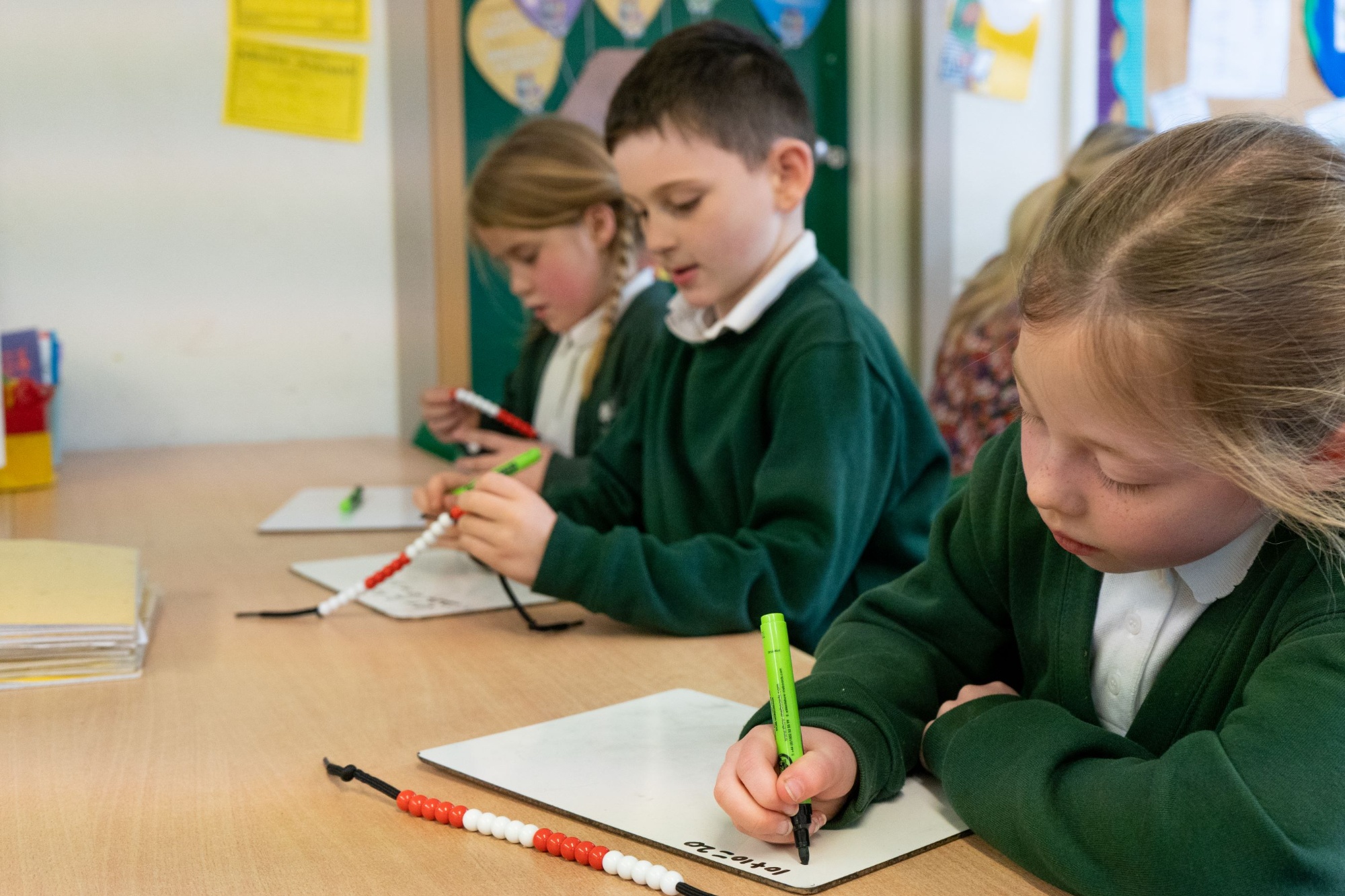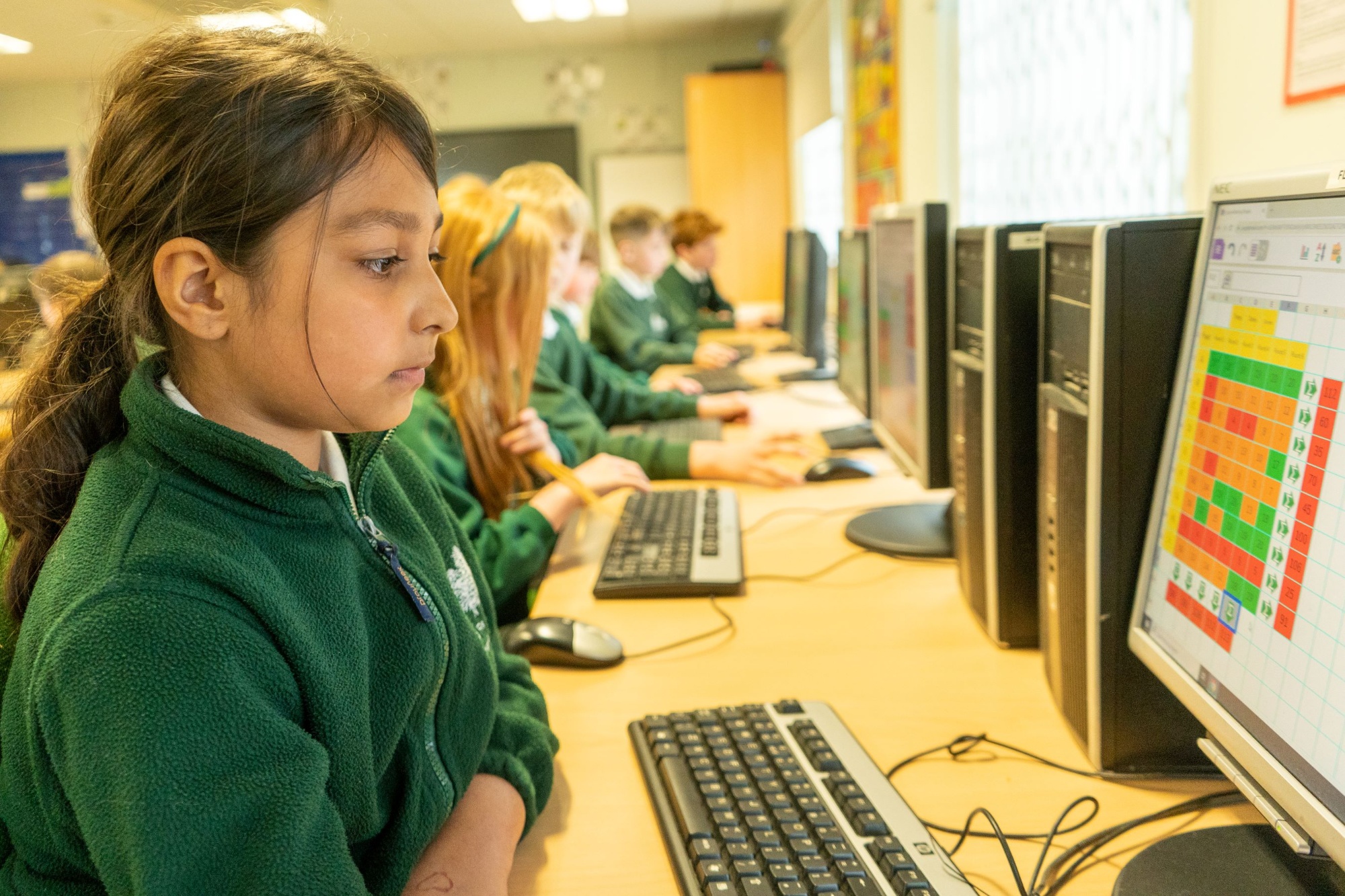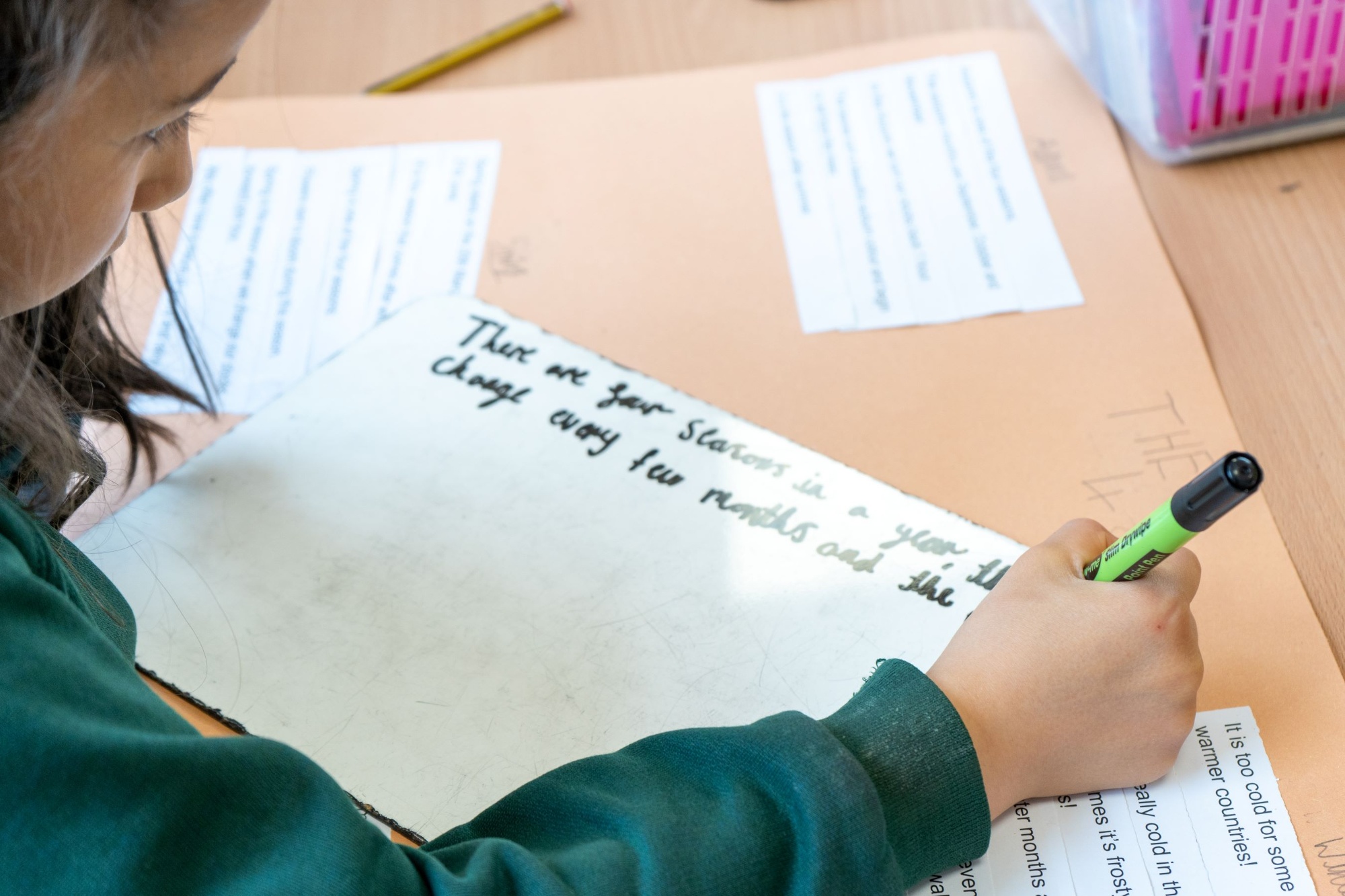Maths
Intent
Maths is essential to everyday life as adults. It supports us in our personal and professional lives and being proficient in maths is an essential aspect of our efforts to prepare children for the future. We hope that through effective maths teaching at The Firs, we enable our pupils to have many more opportunities in later life.
Without mathematics, there’s nothing you can do. Everything around you is mathematics. Everything around you is numbers. - Shakuntala Devi
In accordance with the National Curriculum, our aims are that children leave us with the ability to be fluent in the fundamentals of maths, be able to reason mathematically and be able to use their mathematical ability to solve problems and seek solutions.
Our approach to designing the curriculum is founded on initial work led by a former maths consultant, which we have refined, over the years, with objectives and assessment materials from Rising Stars and the Y2 Teacher Assessment Framework. We have used additional resources from the National Centre for Excellence in the Teaching of Mathematics and White Rose Maths resources, which have supported us in creating and revising our planning and delivering maths teaching to enable children to learn through interactive and engaging lessons. Our termly cyclical approach is of fundamental importance, as it ensures that children experience core concepts and have opportunities to practise key processes regularly.
We aim to develop lively, enquiring minds encouraging pupils to become self motivated, confident and capable in order to solve problems that will become an integral part of their future.
The National Curriculum for mathematics aims to ensure that all pupils:
-
become fluent in the fundamentals of mathematics, including through varied and frequent.
-
practice with increasingly complex problems over time, so that pupils have conceptual understanding and are able to recall and apply their knowledge rapidly and accurately to problems
-
can reason mathematically by following a line of enquiry, conjecturing relationships and generalisations, and developing an argument, justification or proof using mathematical language
-
can solve problems by applying their mathematics to a variety of routine and non-routine problems with increasing sophistication, including breaking down problems into a series of simpler steps and persevering in seeking solutions.
We believe in the logical progression of the C-P-A approach, using concrete, then pictorial resources in order to support children to develop to the point where they can apply maths in an abstract context:
-
The use of concrete apparatus to support learning, especially, but not exclusively, for younger children.
-
Moving to using visual representations of concepts e.g. arrays to support an understanding of multiplication or drawing images along with making notes, to solve a word based calculation problem.
-
Working in the abstract, without recourse to practical apparatus or pictorial resources.
There is a strong focus on reasoning (explaining how you know) in mathematics and on learning key facts such as multiplication tables and addition and subtraction facts.
Implementation
As they progress through the school, children follow a structured programme designed to increase children’s understanding of the number system and their confidence when performing mental and written calculations. A variety of teaching strategies and approaches are employed, including the traditional teaching of tables (See below) and the setting of homework.
In maths lessons, children learn how to 'conjecture', making logical deductions from what they know, that they can then go on to test. They solve problems and practise key processes, as we develop their learning carefully, moving logically from one step within a concept to another, like carefully placed stepping stones, to help build confidence and enhance accuracy.
A great emphasis is also placed on encouraging children to discuss their work, draw conclusions and explain their methods of working, both to their learning partner and sometimes to the class as a whole. We make full use, across the school, of maths resources and visual images, to help children understand maths concepts and master key processes.
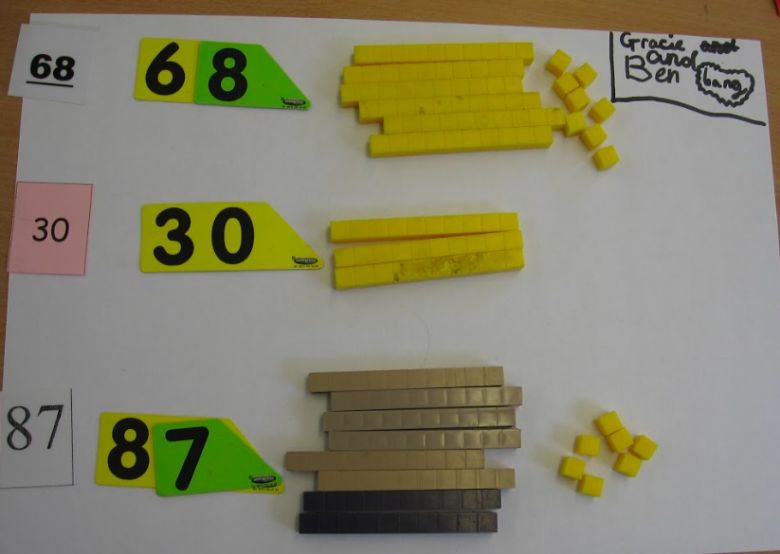
When teaching a new concept, even with KS2 pupils, we will often go back to the concrete and use practical apparatus in order to ensure that children have a firm understanding, before moving children on.
At the same time, we also concentrate on developing children's maths fluency, so that they develop a good understanding of the number system and place value, they can perform calculations in their heads with increasing confidence and efficiency and they can recall key vocabulary. To this end, we ensure that each maths lesson begins with an oral / mental starter where key concepts and processes can be revisited and practised regularly.
Classroom Practice
This is the expected practice in classrooms:
-
All pupils are encouraged to use their Growth Mindset, so that they know mistakes are powerful and so they have a belief that by working hard at maths, they can succeed.
-
Pupils are taught through whole-class interactive teaching, where the focus is on all pupils working together as a mixed ability group, on the same lesson content at the same time.
-
When required, work is differentiated for pupils to ensure that they make good progress in their learning. .
-
If a pupil fails to grasp a concept or procedure, this is identified quickly and early intervention ensures the pupil is ready to move forward.
-
The learning objective and success criteria are clear and planning identifies the new maths that is to be taught, the key points, any potential barriers and there is a carefully sequenced journey through the learning.
-
Lessons include appropriate questioning, short tasks, explanation, demonstration, discussion and interactive whiteboard work.
-
Procedural fluency and conceptual understanding are developed in tandem because each supports the development of the other.
-
Teaching provides sufficient opportunities to practise skills and both reinforces pupils’ procedural fluency and develops their conceptual understanding.
-
Significant time is spent developing deep knowledge of the key ideas that are needed to underpin future learning. The structure and connections within the mathematics are emphasised, so that pupils develop deeper learning that can be sustained.
-
Key facts, such as multiplication tables and addition facts within 20 being learnt, aims at automaticity, to avoid cognitive overload in the working memory and enable pupils to focus on new concepts.
-
Application of maths across our curriculum provides further practice and gives opportunities to apply knowledge learned in new contexts.
Using Learning Partners
In every classroom, across the school, children have ‘learning partners’ with whom they discuss key learning points and questions. This approach is applied in all curriculum areas.
In any lesson it is important that all children are fully involved in the learning activities if they are to make the best progress. Teachers usually have a question and response session as part of a lesson; whilst this provides the opportunity for individual children to respond to the teacher, the use of ‘learning partners’ as a strategy means that all children get the opportunity to think, discuss and express themselves orally.
Some children may feel more confident when expressing their ideas in a paired situation, rather than to the whole class. The shared responsibility for an opinion or view which comes with this strategy can raise children’s self-confidence and encourage their engagement. It also gives the teacher more opportunities to ask higher order questions, which require more thought, reflection and exploration, and it gives children time to think.
There is significant research to show that children’s learning is restricted by low level questioning and lack of time to respond; the use of ‘learning partners’ can really take children’s learning further, and can be very enjoyable too.
‘’It is clear that the chief end of mathematical study must be to make the students think.’’— John Wesley Young, American mathematician
Providing Challenge
Staff will plan activities and questioning / ‘learning partner’ discussions, to provide appropriate challenge (a system of *,** and *** challenges will be used across the school), to develop the knowledge and skills of pupils and to encourage children to think more deeply about key concepts.
When meeting a new concept, children will often be encouraged to begin with * work initially, to ensure they have developed their understanding and confidence before moving on to ** and perhaps through to *** work by the end of the lesson.
Times Tables
From Y2, children begin to work on times tables, beginning with the 10, 2 and 5 times tables.
In KS2, children work systematically practising times tables, looking for patterns, with opportunities to say their tables together, practise writing them down, play games and test themselves and each other against the clock. They use their tables to solve multiplication and division problems.
The school uses Times Tables Rock Stars, an online resource that children can use both in school and at home. TT Rock Stars allows children to create a rock avatar who progresses through their pop star career as their x table speed and accuracy grows. The children are very motivated by this approach and enjoy being able to access it at home. Teachers regularly check their speed and accuracy and produce individual heat maps, which allow children and parents to see which questions they are becoming more confident with and which still need more practice.
What Are We Learning? Sheets
To find out what is being taught each term in the maths, see the 'What Are We Learning Sheet' produced each term. These can be found as downloadable pdfs on the page for each year group, in the list of tabs in the top left-hand corner of the 'Our Learning' page. You can also use the year group page links below:
Impact
When designing our curriculum we considered the attributes, skills and knowledge we wanted for children as they leave The Firs at the end of Year 4 and this is the impact that we wish our curriculum to have. The 20 characteristics we detailed are available in our Scheme of Work.
The impact we wish for our curriculum is that at its conclusion, children leave the Firs as respectful and effective team players with a positive attitude to learning. Articulate and confident when solving problems, we want our children to be able to draw upon their maths knowledge and be able to have achieved the level of maths fluency needed to prepare them for the next stage of their learning journey in middle school.
Expected outcomes
We aim to sustain and develop in all children:
-
Above all else, an enjoyment in maths;
-
A confidence in and understanding of maths concepts;
-
Awareness of relationship and pattern, and how these can bring about a clearer understanding;
-
An appreciation of mathematics as a means of communication through which they can analyse information and ideas;
-
The ability to work systematically where the task requires a careful accurate approach, as well as the ability to show imagination, initiative and flexibility when appropriate;
-
Independence of thought and action as well as the ability to cooperate within a group;
-
Problem solving skills and strategies;
-
The ability to use mathematics effectively as a tool in a wide variety of situations;
-
Reliable use of factual recall, key vocabulary and mental and written methods where appropriate.
All children are assessed in maths, by their teachers, on a termly basis. This information is discussed at the termly Target Monitoring meeting and informs future teaching and learning in numeracy lessons.
Children are formally assessed in number and numerical patterns at the end of Reception, against the Early Learning Goals, which are detailed in the Statutory Framework for the EYFS.
Children are also formally teacher assessed in maths at the end of Key Stage 1 (Year 2)
Children all take the National Y4 times tables check in the summer term and the results are shared with parents.
Assessment data for The Firs, including reading and writing is available on the Achievement Page of our website.

